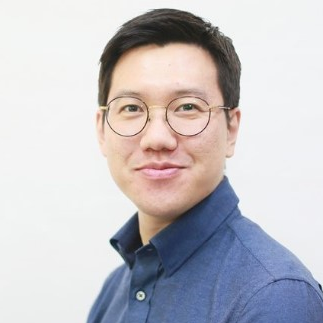Nano/Micropatterning for Tissue Engineering and Regenerative Medicine
A special issue of Micromachines (ISSN 2072-666X). This special issue belongs to the section "B:Biology and Biomedicine".
Deadline for manuscript submissions: closed (1 December 2019) | Viewed by 3431
Special Issue Editors
Interests: nanotopography-guided tissue engineering; in vitro tissue model; organ on a chip
Special Issues, Collections and Topics in MDPI journals
Interests: biomaterials; BioMEMS; mechanobiology; tissue engineering; bionanotechnology
Special Issues, Collections and Topics in MDPI journals
Special Issue Information
Dear Colleagues,
Since the observation of contact guidance phenomena of cells on textured surfaces, engineered topography-guided tissue engineering and regenerative medicine have drawn enormous attention. Because the formation and clustering of the focal adhesion of adherent cells could be tailored with the geometry and size of the protruding surface structures, subsequently the migration, division, metabolisum, and differentiation of cells could be sophisticatedly controlled through mechanotransduction pathways. This controlled topography can be also viewed as a biomimetic approach because the nano/micropatterns can precisely mimic the structure and surface chemistry of the extracellular matrix by coating engineered patterns with extracellular matrix components. This physical cue-mediated cell control technique is an efficient way for tissue engineering and regenerative medicine due to the reproducibility, long-term stability, and high spatial controllability.
In this Special Issue, we are inviting state-of-the-art research papers, short communications, and review articles that focus on tissue engineering and regenerative medicine using the nano- and micropatterning techniques.
Dr. Hong Nam Kim
Prof. Jangho Kim
Guest Editors
Manuscript Submission Information
Manuscripts should be submitted online at www.mdpi.com by registering and logging in to this website. Once you are registered, click here to go to the submission form. Manuscripts can be submitted until the deadline. All submissions that pass pre-check are peer-reviewed. Accepted papers will be published continuously in the journal (as soon as accepted) and will be listed together on the special issue website. Research articles, review articles as well as short communications are invited. For planned papers, a title and short abstract (about 100 words) can be sent to the Editorial Office for announcement on this website.
Submitted manuscripts should not have been published previously, nor be under consideration for publication elsewhere (except conference proceedings papers). All manuscripts are thoroughly refereed through a single-blind peer-review process. A guide for authors and other relevant information for submission of manuscripts is available on the Instructions for Authors page. Micromachines is an international peer-reviewed open access monthly journal published by MDPI.
Please visit the Instructions for Authors page before submitting a manuscript. The Article Processing Charge (APC) for publication in this open access journal is 2600 CHF (Swiss Francs). Submitted papers should be well formatted and use good English. Authors may use MDPI's English editing service prior to publication or during author revisions.
Keywords
- Nanopatterning
- Microfabrication
- Tissue engineering
- Regenerative medicine
- Biomimetics







